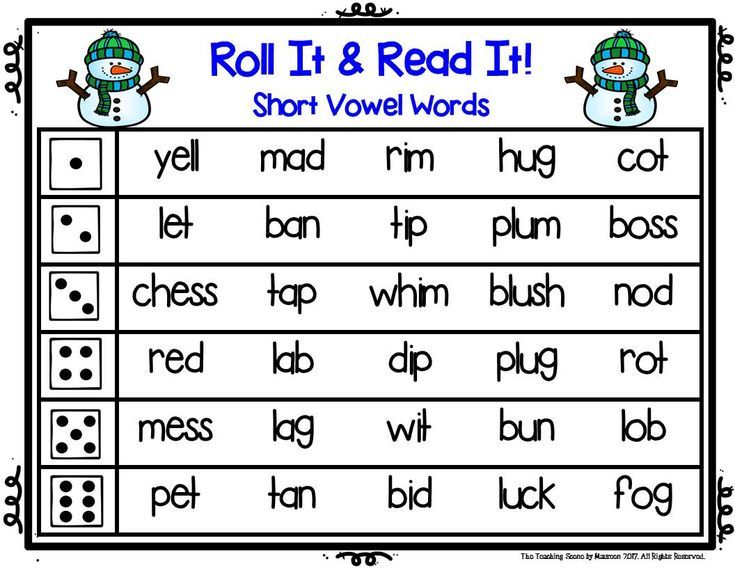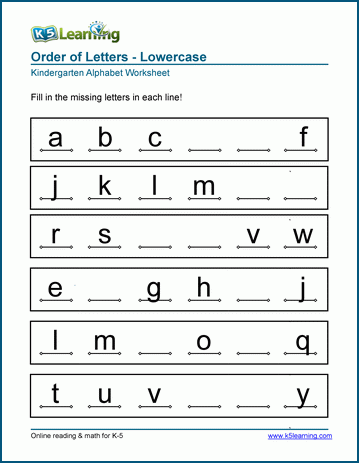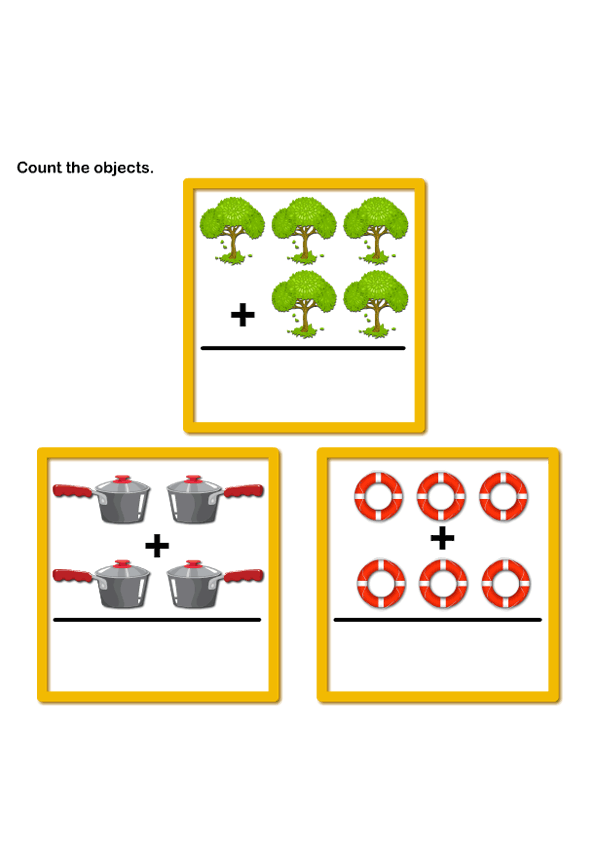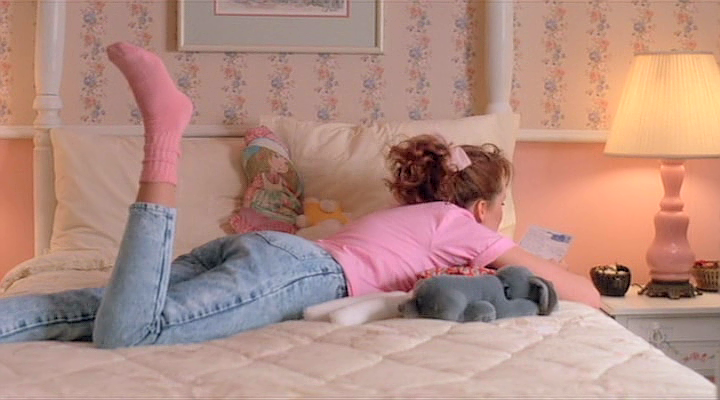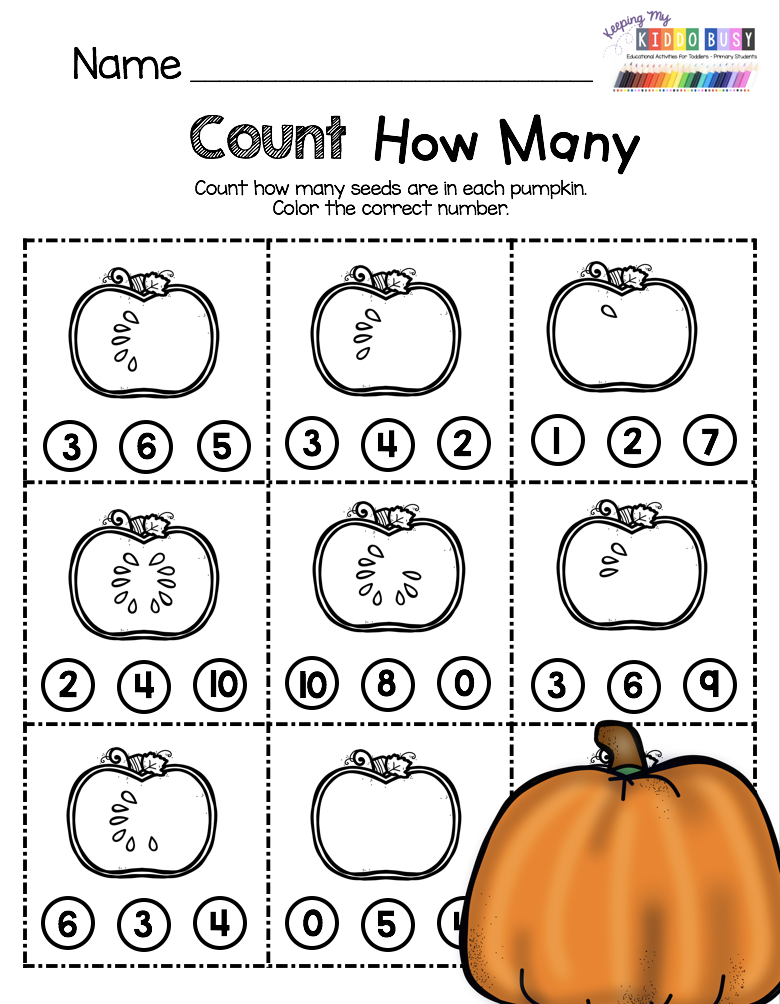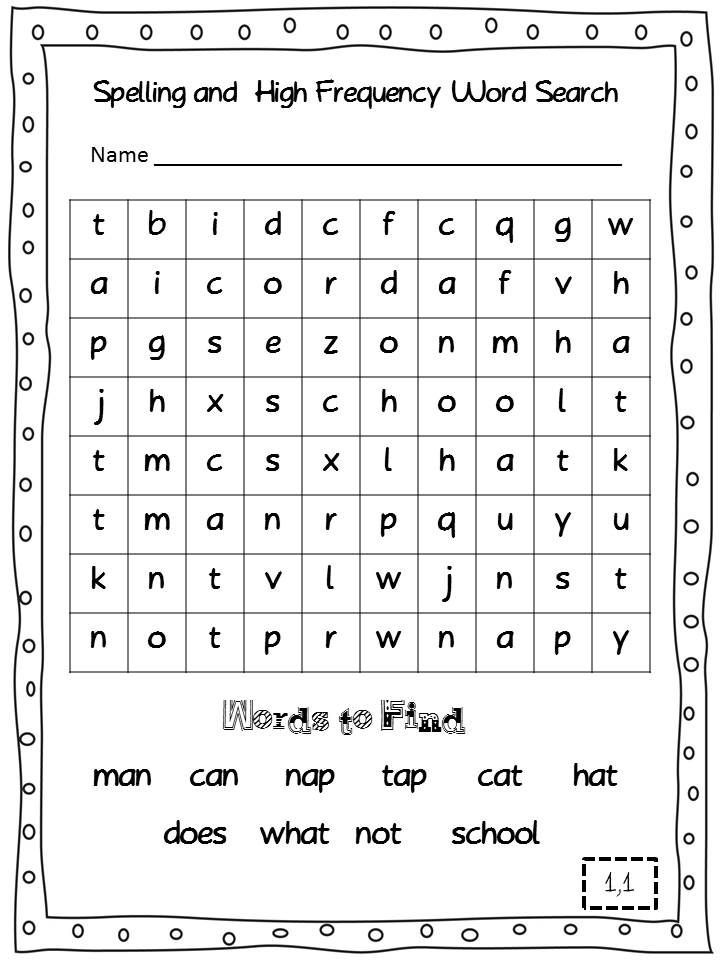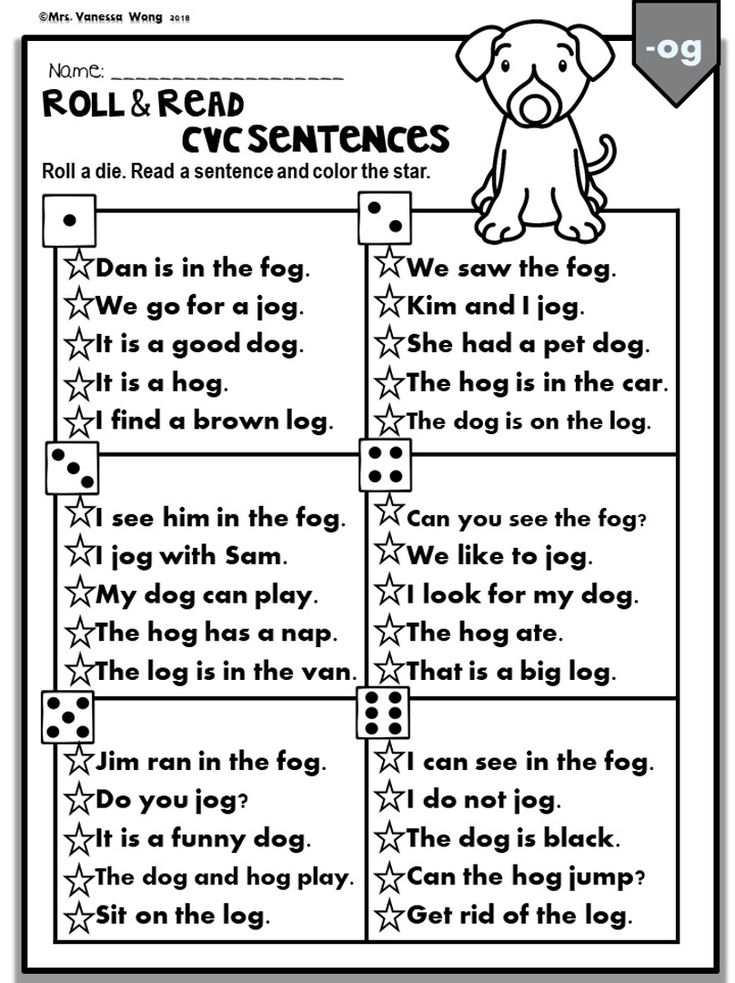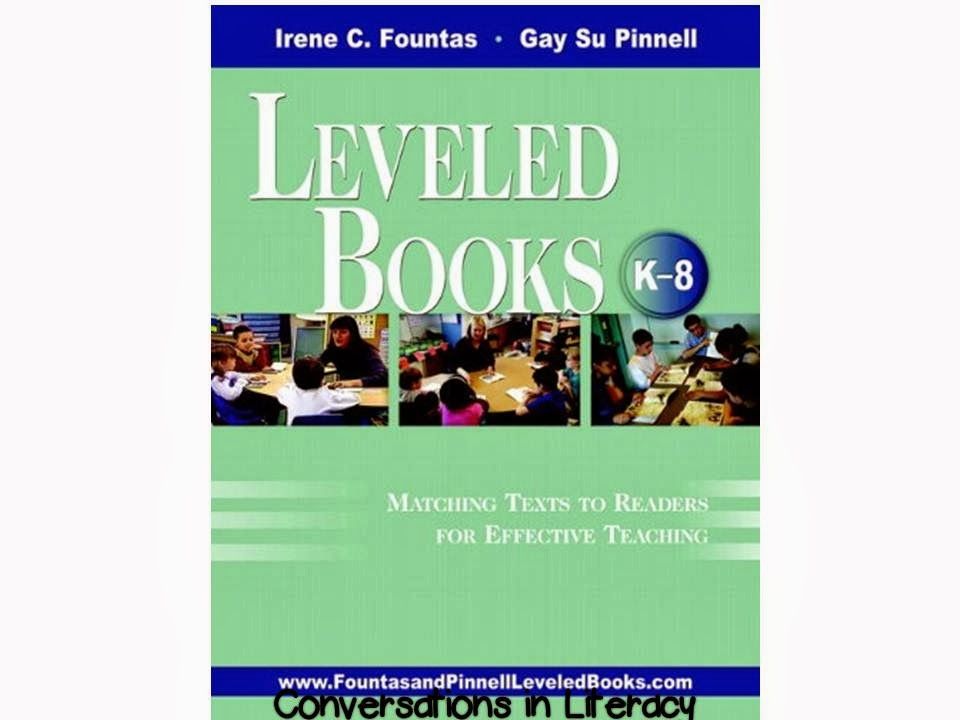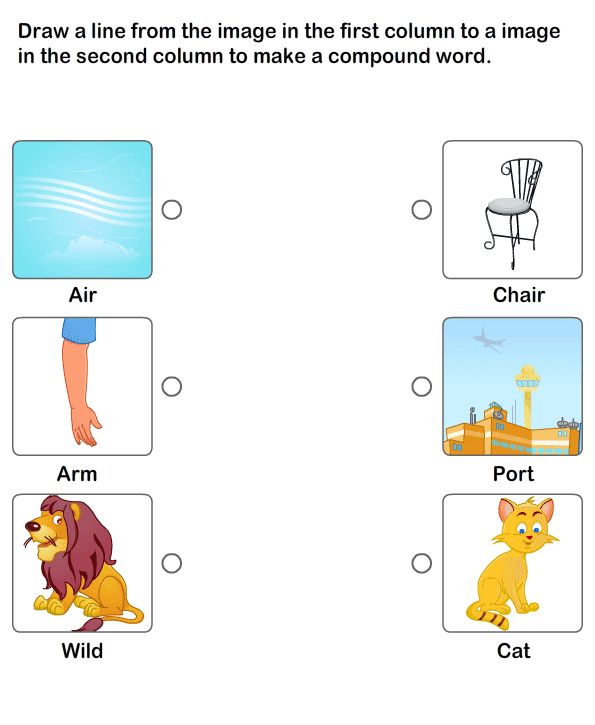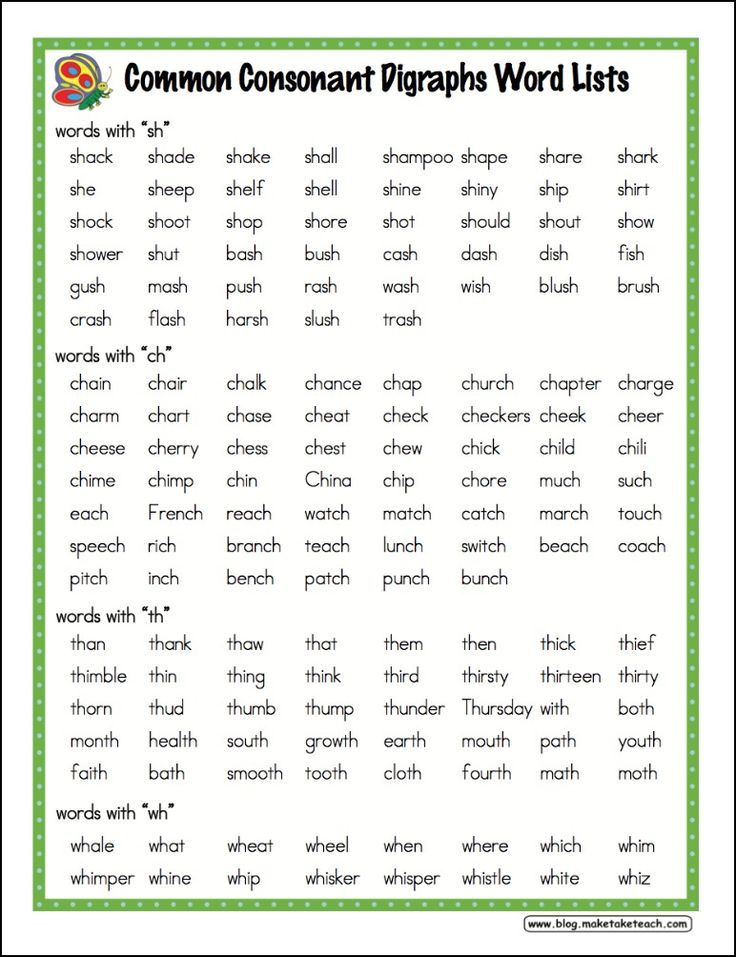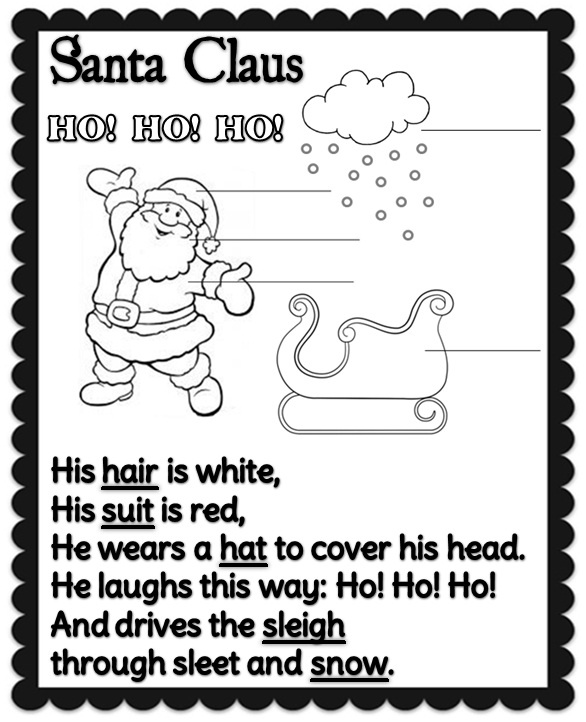Learning about syllables
How to Teach Syllable Types
A syllable is "a letter, or combination of letters, uttered together, or at a single effort or impulse of the voice," according to Webster's 1828 dictionary. Sometimes teachers refer to syllables as word chunks. Every syllable must contain a vowel.
How to Teach What a Syllable Is
It is important for students to recognize syllables in words. When they are able to say one syllable at a time, spelling becomes much easier. Fortunately, recognizing syllables is an easy concept to teach. Here is sample dialogue for demonstrating to your student what a syllable is:
- “All words have syllables. A word might have one, two, or even more syllables.”
- “Reading has two syllables: read (clap)— ing (clap).” To demonstrate, clap as you say each syllable.
- “Blue has one syllable: blue (clap).”
- “Pumpkin has two syllables: pump (clap)—kin (clap).
”
- “Now you try. Clap your hands for each syllable in the word pig.”
Have your student practice with these words:
| seven | mice | hotdog |
| window | truck | paper |
| yellow | toys | elephant |
Another good method for teaching how to count syllables is to put your hand under your chin. Say the word and count the number of times your jaw drops.
Types of Syllables
There are six types of syllables:
- A closed syllable ends in a consonant. The vowel has a short vowel sound, as in the word bat.
- An open syllable ends in a vowel. The vowel has a long vowel sound, as in the first syllable of apron.
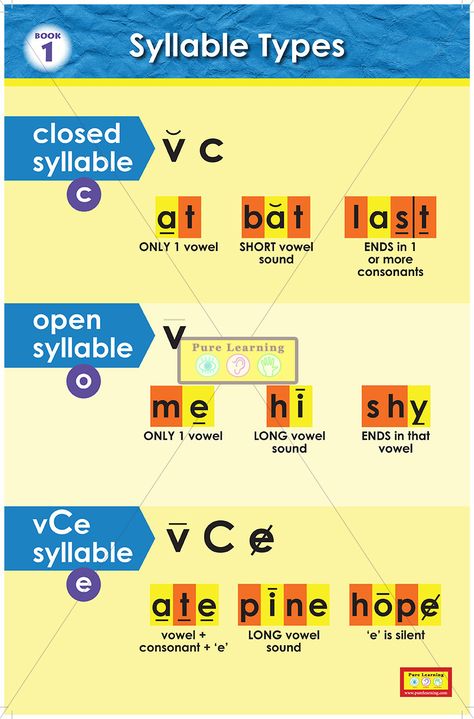
- A vowel-consonant-e syllable is typically found at the end of a word. The final e is silent and makes the next vowel before it long, as in the word name.
- A vowel team syllable has two vowels next to each other that together say a new sound, as in the word south.
- A consonant+l-e syllable is found in words like handle, puzzle, and middle.
- An r-controlled syllable contains a vowel followed by the letter r. The r controls the vowel and changes the way it is pronounced, as in the word car.
How Our Program Teaches Syllable Types
- All About Spelling has determined the best sequence for teaching the syllable types for maximum learning and retention.
- Students gain confidence and master one syllable type at a time.
- Your job as teacher is made much easier with the complete lightly-scripted lesson plans.

- Letter tiles are used to demonstrate syllable types. The specially color-coded letter tiles make it easy for you to show students the concepts in a way they will remember.
- The All About Spelling program puts your students on the fast-track to mastering the six syllable types.
Syllable Games | Classroom Strategies
As students progress in their literacy understanding, they move from reading and writing single syllable words (often with consonant-vowel-consonant constructions) to reading and writing multisyllabic words. Instruction focused on teaching students about syllables often focuses on teaching different types of syllables (open and closed) and what occurs when syllables join together within a word.
| How to use: | Individually | With small groups | Whole class setting |
More phonological awareness strategies
Why teach about syllables?
- Dividing words into parts, or "chunks" helps speed the process of decoding.
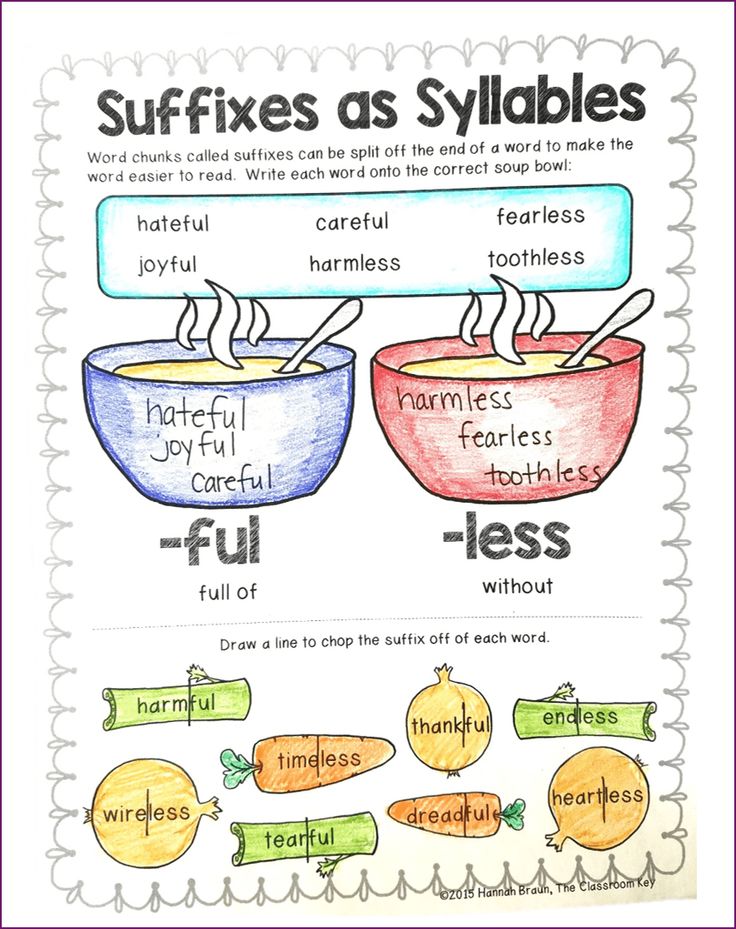
- Knowing the rules for syllable division can students read words more accurately and fluently.
- Understanding syllables can also help students learn to spell words correctly.
Drumming out syllables
Students use a drum or tambourine to take turns drumming out the syllables in their names or other words. See the lesson plan.
This video is published with permission from the Balanced Literacy Diet. See many more related how-to videos with lesson plans in the Phonemic Awareness section.
Syllables: kindergarten
This video depicts a kindergarten small group engaging in a syllables activity. There are 5 students in this demonstration and they are using manipulatives. (From the What Works Clearinghouse practice guide: Foundational skills to support reading for understanding in kindergarten through 3rd grade.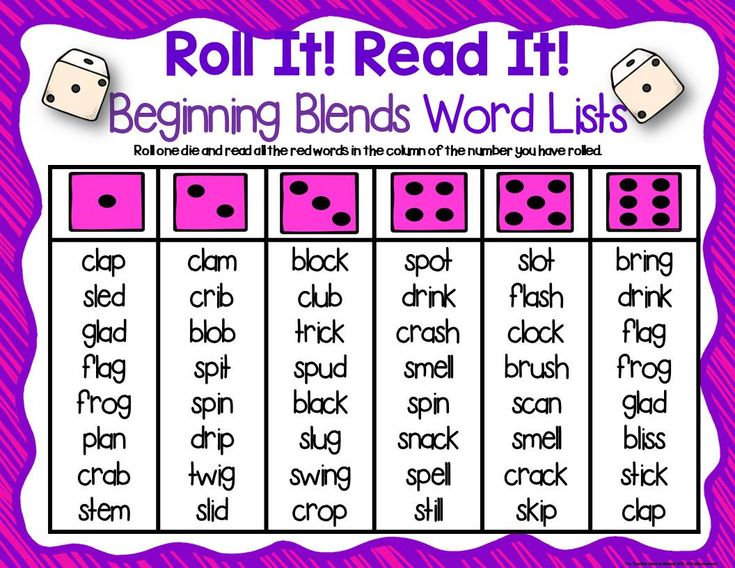 )
)
Collect resources
Marker activity
This activity, from our article How Now Brown Cow: Phoneme Awareness Activities, is an example of how to teach students to use a marker (i.e., token) to count syllables.
The marker activity often used for word counting can be adapted for use in counting syllables. Teachers can provide each child with tokens and two or three horizontally connected boxes drawn on a sheet of paper. The children place a token in each box from left to right as they hear each syllable in a word.
Multisyllabic manipulation
This example includes several activities and a chart of multisyllabic words. One specific activity from this page is the Multisyllabic Words Manipulation Game. Teachers can divide words from reading selections into syllables, write each syllable on a note card and display the syllables in jumbled order.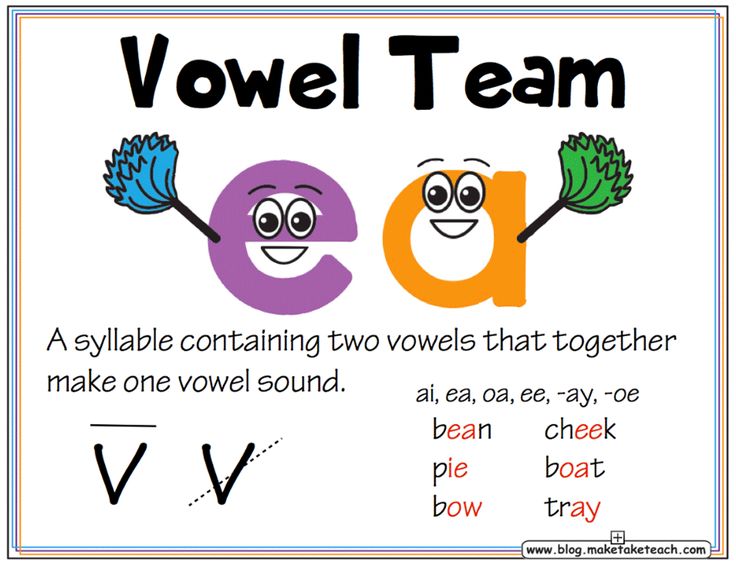 Have students arrange the syllables to form the words.
Have students arrange the syllables to form the words.
Multisyllabic words manipulation >
Clapping games
Associating syllables with a beat can help students to better learn the concept of syllables within words. Here's a clapping game to help young learners understand about dividing words into syllables.
Basic words clapping game >
Using mirrors
The following link includes information on introductory activities such as using mirrors for teaching students about syllables. Information is also provided about the different syllable spelling patterns.
Using a mirror to understand syllables >
Jumping syllables
This activity teaches student to separate words into syllables. Students move syllables around to create new "silly" words which gives them practice manipulating different sounds.
Jumping syllables >
Find many more syllable activities developed by the Florida Center for Reading Research.
Differentiated instruction
for second language learners, students of varying reading skill, and for younger learners
- Use pictures instead of words in activities for younger and lower level readers
- Include auditory and hands-on activities (i.
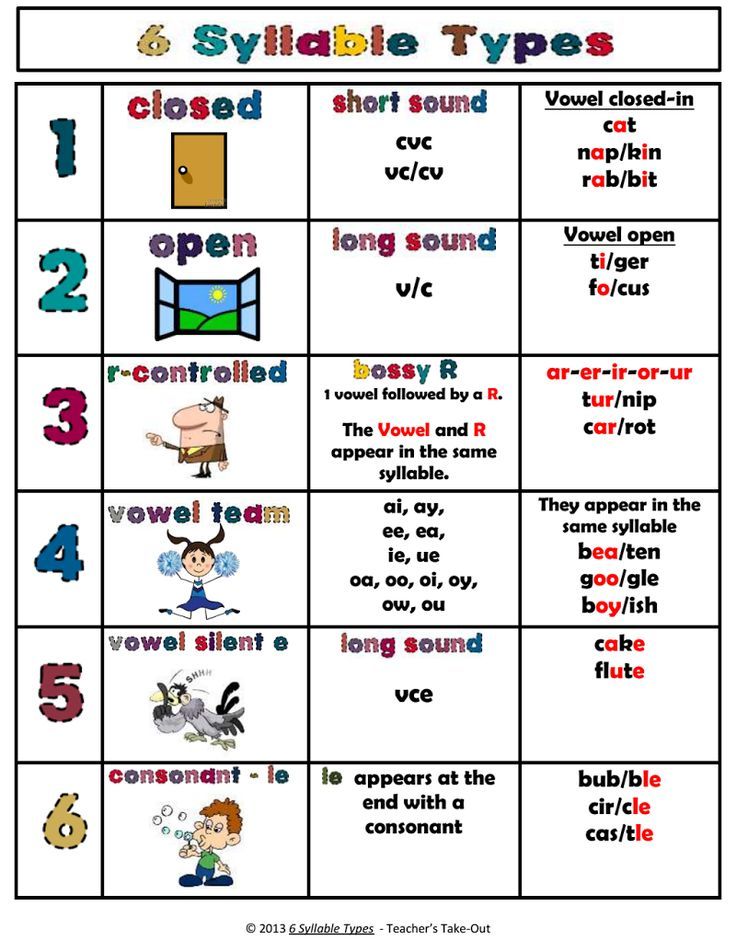 e., clapping hands, tapping the desk, or marching in place to the syllables in children's names)
e., clapping hands, tapping the desk, or marching in place to the syllables in children's names) - Include a writing activity for more advanced learners.
See the research that supports this strategy
Adams, M., Foorman, B., Lundberg, I., & Beeler, T. (2004). Phonemic Activities for the Preschool or Elementary Classroom.
Ellis, E. (1997). How Now Brown Cow: Phoneme Awareness Activities.
Moats, L. & Tolman, C. (2008). Six Syllable Types.
Children's books to use with this strategy
Island: A Story of the Galápagos
By: Jason Chin
Genre: Nonfiction
Age Level: 6-9
Reading Level: Independent Reader
Young readers will explore the evolving terrain and animals of the Galápagos in this nonfiction picture book. Charles Darwin first visited the Galápagos Islands almost 200 years ago, only to discover a land filled with plants and animals that could not be found anywhere else on earth. How did they come to inhabit the island? How long will they remain? Thoroughly researched and filled with intricate and beautiful paintings by award-winning author and artist Jason Chin.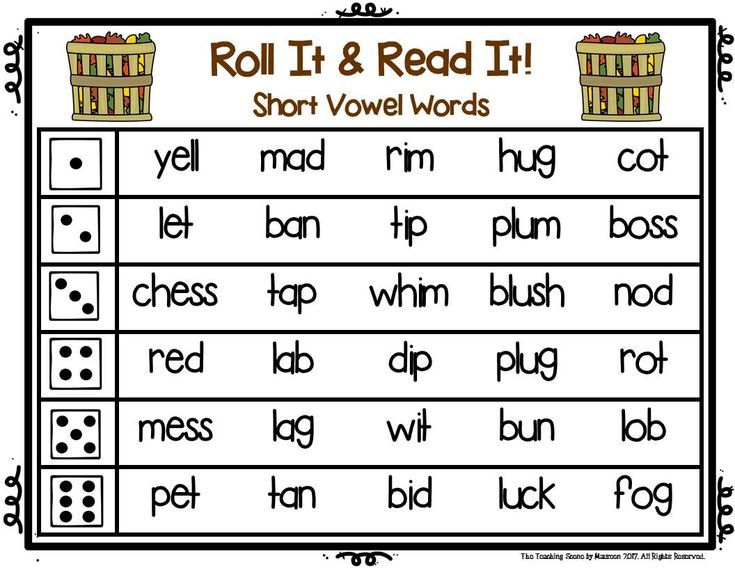
Where Else in the Wild? More Camouflaged Creatures Concealed & Revealed
By: David Schwartz
Age Level: 3-6
Reading Level: Beginning Reader
Close-up, full color photographs of camouflaged creatures and a variety of poems ask readers to examine the image while learning about characteristics. A gatefold opens to provide additional information. (This may appeal to children who like "real" things.)
Dogku
By: Andrew Clements
Age Level: 6-9
Reading Level: Independent Reader
The picture book story of a dog who finds a home is told in completely (and surprisingly successfully) using haiku.
Tap Dancing on the Roof: Sijo (Poems)
By: Linda Sue Park
Genre: Poetry
Age Level: 6-9
Reading Level: Independent Reader
Like haiku, sijo – a little known, brief poetic form from Korea – looks at everyday activities from breakfast to the weather. Sophisticated illustrations complement the seemingly simple language to delight readers and listeners.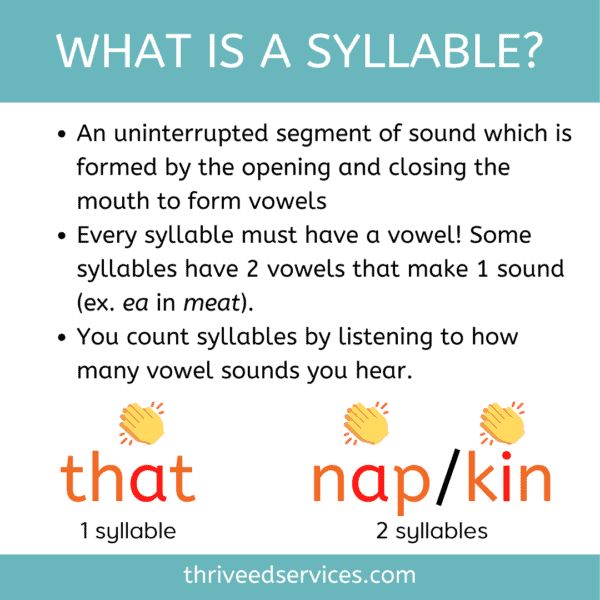
Comments
we learn to read by syllables, teach Russian alphabet for children
Home -forces and diploma
Reading and diploma
Course Learn the letter
View all
letter A
letter B
letter B 9000) letter G
Letter E
Letter Y
Letter Zh
Letter Z
View all
Letters and sounds
View all
We distinguish sounds in pictures (3)
Learn the vowels
Recognize the letter from the sound (1)
Recognize the sound in the word
Recognize the letters
Guess the sound from the letter
First and last sound in the word (1)
First and last sound in the word (1)
2)
Do you know the alphabet?
View all
Reading syllables and words
View all
Reading verbs (1)
Reading verbs (2)
Making words (1)
Making words (2)
Slogo game (1)
Slogo game (2)
Slogo game (3)
Which syllable is extra? (1)
Which syllable is missing? (2)
View all
Read phrases and sentences
View all
Decoder
Simple sentences (1)
Simple sentences (2)
Simple sentences (3)
View all
Develop a speech
View all
Decoder
Learning prepositions 9Ol000
We write competently
View all
Stressed and unstressed vowels
Combinations CHA-SCHA (1)
Combinations ZhI-SHI (1)
Grammatical blitz (2)
Vocabulary words (9)0003
Vowels after hard and soft consonants (2)
Vowels after hard and soft consonants (3)
Vowels after hard and soft consonants (4)
Write out the words from the text
View all
Doing analysis
View all
Letter and sound (1)
Letter and sound (2)
Letter and sound (3)
Letter and sound (4)
minor members of the sentence 3 class
Syllable division (1)
Syllable division (2)
Syllable division (3)
View all
Learning parts of speech
View all
Prepositions (2)
3
Parts of speech
Everything about the verb
Pronoun (1)
Words-objects answering the questions who? What?
Words-objects, words-actions, words-signs
Noun
Modifiable and invariable nouns (1)
View all
Secrets of the Russian language
View all
Alphabet. Alphabetical order
Alphabetical order
Antonyms
Interrogative sentences (1)
Dialogue and monologue
Lying and deaf consonants at the end of the word
Noun
Boach-Maid
Multiplying, borrowed words
View all
with literature
View all
Everything secret becomes clear
Reader's diary. A. Aleksin "In the land of eternal holidays"
Reader's diary. A. Volkov. Wizard of the Emerald City
Reader's diary. A. Gaidar "Chuk and Gek"
Reader's diary. A.P. Chekhov. "Kashtanka"
Reader's diary. A.S. Pushkin. "Ruslan and Lyudmila"
Reader's diary. A.S. Pushkin. The Tale of the Dead Princess...
Reader's diary. V. Gauf "Dwarf Nose" and "Little Muk"
Reader's diary. V. Kataev. Son of Regiment
View all
ABC online
View all
Tasks letter A
Tasks letter B
Tasks letter 9000 letter Z
Tasks letter Z
View all
Learn the alphabet
View all
Letter puzzles
Letters and sounds (1)
Decoder
Do you know the alphabet?
Distinguishing letters
Distinguishing vowels and consonants
Distinguishing sounds in pictures (1)
Guess the sound from the letter
Learn the letter from the sound (1)
See all
First you need to understand that the child is ready for learning.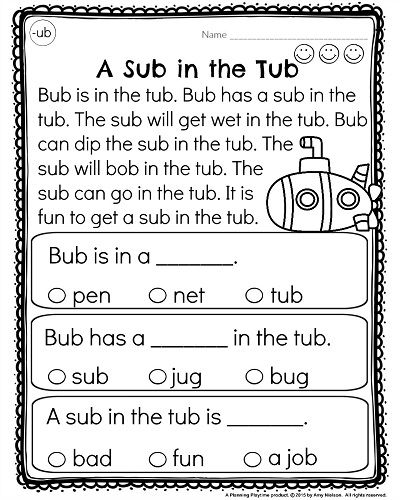 This can be verified by the following indicators: - the child's speech is clear, without serious violations in pronunciation, the child does not "swallow" sounds during pronunciation; - there is the ability to see the text; there is an understanding that these are letters - not pictures, but symbols depicting sounds. It is believed that the ideal age for learning to read is 6 years old, but one must always understand that this age is determined individually. It is better to start learning to read by syllables in a playful way, getting acquainted with individual letters. It is better to do little by little, but regularly: 15 minutes daily will be enough. After getting acquainted with the letters, proceed to reading by syllables. Reading by syllables is a technique available to every adult, it does not require special training. But you can always choose lesser-known author's methods of teaching reading, carefully studying their features and reviews of other parents. Having folded the alphabet into syllables, you can proceed to compose simple words.
This can be verified by the following indicators: - the child's speech is clear, without serious violations in pronunciation, the child does not "swallow" sounds during pronunciation; - there is the ability to see the text; there is an understanding that these are letters - not pictures, but symbols depicting sounds. It is believed that the ideal age for learning to read is 6 years old, but one must always understand that this age is determined individually. It is better to start learning to read by syllables in a playful way, getting acquainted with individual letters. It is better to do little by little, but regularly: 15 minutes daily will be enough. After getting acquainted with the letters, proceed to reading by syllables. Reading by syllables is a technique available to every adult, it does not require special training. But you can always choose lesser-known author's methods of teaching reading, carefully studying their features and reviews of other parents. Having folded the alphabet into syllables, you can proceed to compose simple words.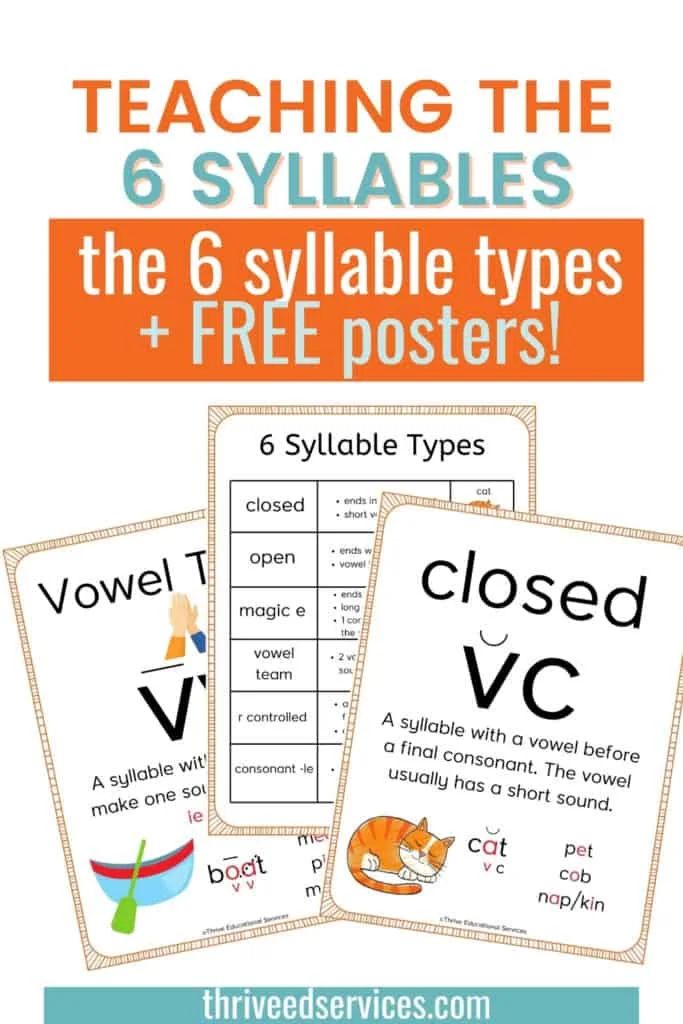 The main thing is not to force the process: when it is measured and regular, it is doomed to success!
The main thing is not to force the process: when it is measured and regular, it is doomed to success!
What is a syllable?
To successfully master the skill of reading, it is necessary to understand how to divide words into syllables. A syllable is one or more sounds uttered by one expiratory push of air. For a simple orientation, it can be taken as a rule that there are as many syllables in a word as there are vowels. Use our exercises, compiled by professional teachers, for a more effective acquaintance with this topic, so as not to confuse the concepts of "syllable division" and "word transfer".
How many words per minute should a first grader read?
The number of words read per minute, which can be used as a reference when assessing the quality of reading, is just one of the indicators. On average, the rate (or speed) of reading a first grade student is 15-25 words per minute.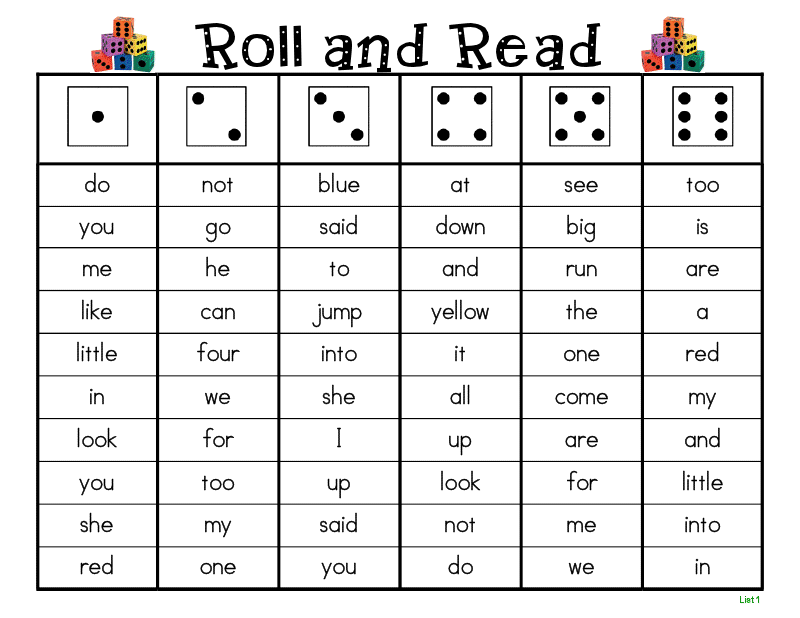 It is equally important to take into account qualitative indicators: how much the child understands the meaning of what is read, whether there is expressiveness when reading. To train the reading skill, it is important to be able to read not only aloud, but also silently, this is how awareness is born and further - the expressiveness of reading.
It is equally important to take into account qualitative indicators: how much the child understands the meaning of what is read, whether there is expressiveness when reading. To train the reading skill, it is important to be able to read not only aloud, but also silently, this is how awareness is born and further - the expressiveness of reading.
"The basics of literacy for preschool children are presented on our website with online exercises for learning letters, sounds, reading by syllables. Opportunities are presented for studying the alphabet, vowels and consonants and sounds, adding syllables, reading the first words and distinguishing sounds in words, taking into account the hobbies of a preschooler. Find matching words, play syllabic bingo, disenchant spelled words, and more! The lessons are equipped with bright and colorful pictures, illustrations understandable for the child, which will allow you to explore the magical world of letters and syllables in a playful way.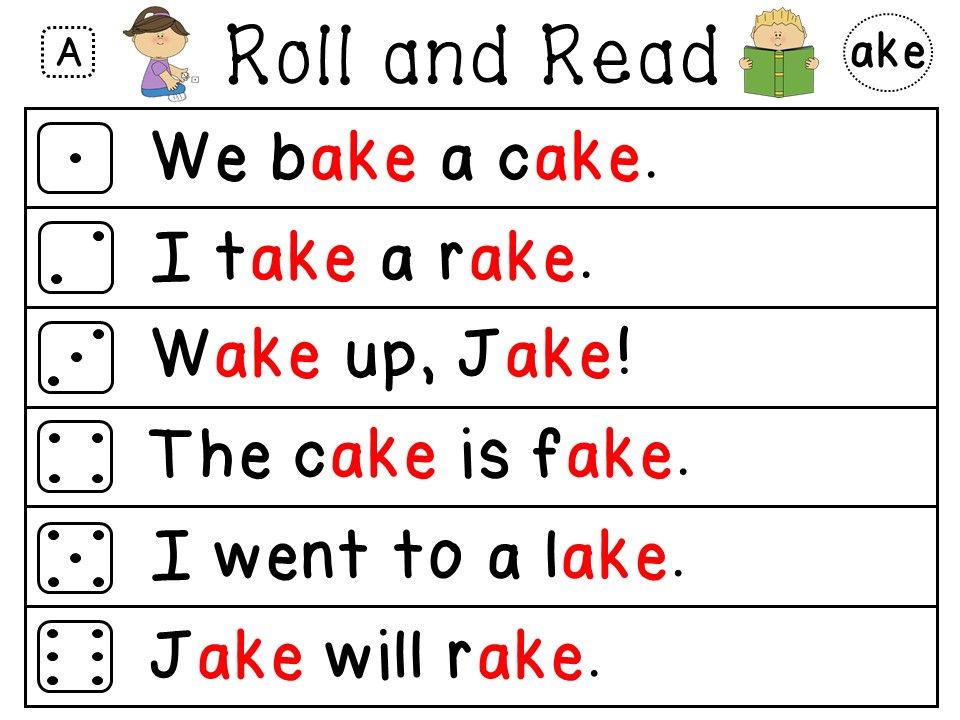 "
"
Playful activities
Your child will have a fun and productive time.
Children are engaged with pleasure, are completely immersed in the learning process and achieve results. For children under 6 who have not yet learned to read, we voiced each task.
Cups and medals for children
Awards that motivate children to achieve success.
Each child has his own “hall of awards and achievements”. If the tasks are completed correctly, children receive cups, medals and nominal diplomas. The awards can be shared on social networks, and the diploma can be printed.
Personal training
Fully controlled development of the child.
We save all the successes of the child and show you what you should pay special attention to. Make up your own training programs so that the child develops harmoniously in all the right directions.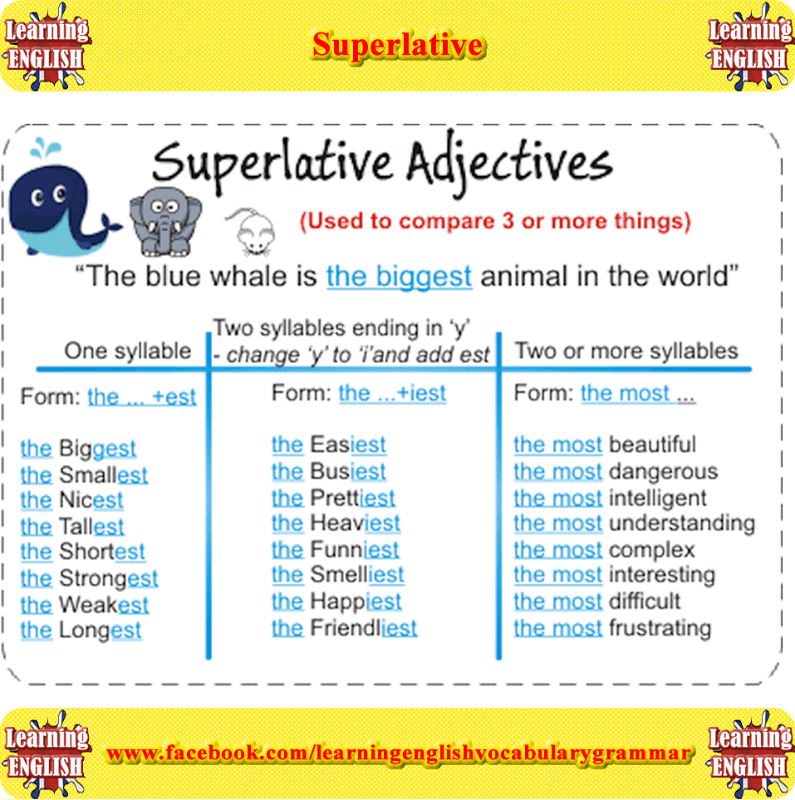
Get started with your child
today - it's free
Register and get 20 tasks for free. To remove restrictions and achieve great results in your studies - choose and pay for the tariff plan that suits you.
Register orSelect tariff
We teach your child to read by syllables easily. 5 funny games
Teach your child to read by syllables, but nothing works? Do you repeat 10 times, but after a couple of seconds he forgets everything, and all your attempts end in screams and tears? Of course, school is coming soon and a slight panic seizes you, but relax and don't worry. Maybe your child is just not ready yet, or maybe you started wrong. Stay with us and find out everything.
How to teach a child to read in syllables so that he likes it?
If your child already knows the letters, but does not want to learn to read by syllables, most likely you simply did not explain why he needs it.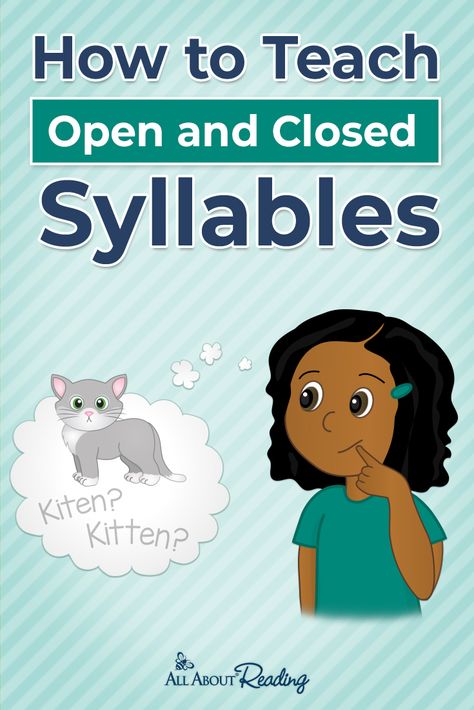 Arguments like “to learn to read”, “to do well in school and be no worse than others” do not work. The child needs to understand why he is doing this at the moment? That is, you must “sell” him the idea of learning to read in syllables so that he wants it himself and is still satisfied.
Arguments like “to learn to read”, “to do well in school and be no worse than others” do not work. The child needs to understand why he is doing this at the moment? That is, you must “sell” him the idea of learning to read in syllables so that he wants it himself and is still satisfied.
How to do it?
Start with what your child is interested in. For example, while walking around the city, draw his attention to the poster of a cinema or circus and ask: “Are you interested in knowing which cartoon will be shown in the cinema? Let's honor." Or here is another good example: “Ice cream, what flavor would you like? Let's read what they offer here? Of course, the child will say that he cannot read and ask you to help him. Then you explain to him why you need to be able to read and what is the use of this.
The idea is "sold" - you can start learning!
If your child does not yet know the whole alphabet, then at the same time as learning the letters, you can begin to make small words out of them.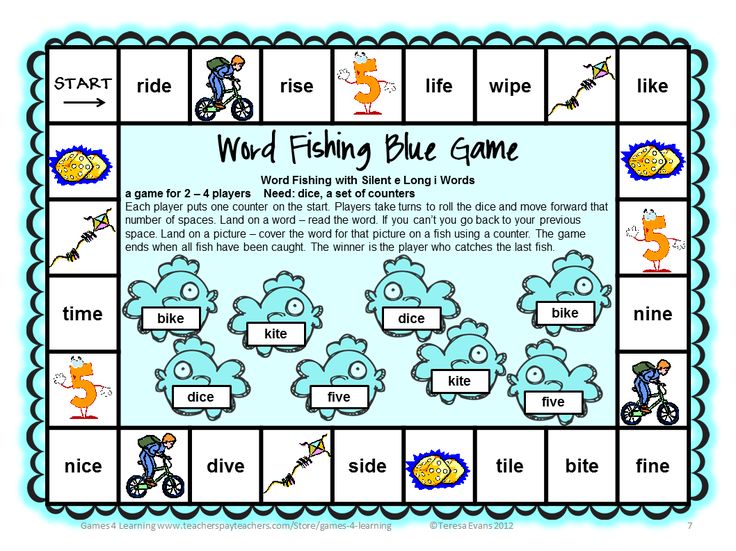 Did the child learn two or three letters? For example "M", "U", "I". Great! Fold them immediately into the word "MEW" and ask the child who does this. Then ask him to repeat after you syllable by syllable: “meow”, pausing after the first syllable.
Did the child learn two or three letters? For example "M", "U", "I". Great! Fold them immediately into the word "MEW" and ask the child who does this. Then ask him to repeat after you syllable by syllable: “meow”, pausing after the first syllable.
Thanks to this approach, it will be easier for the child to read longer words in syllables in the future.
5 fun exercises for teaching children to read by syllables
The first rule that all parents should remember before starting anything to teach their child up to 7 years old is no coercion, always translate everything into a game. Then your child will be happy to participate in the process, and you will see the result faster.
Therefore, all the exercises that we have selected for you are in the form of a game.
Surprise eggs
Take some plastic Kinder Surprise eggs and small cardboard cards with letters. Think of a game scenario. For example, put the letters in the eggs that make up the name of the child's favorite cartoon character according to the principle - one egg - one letter.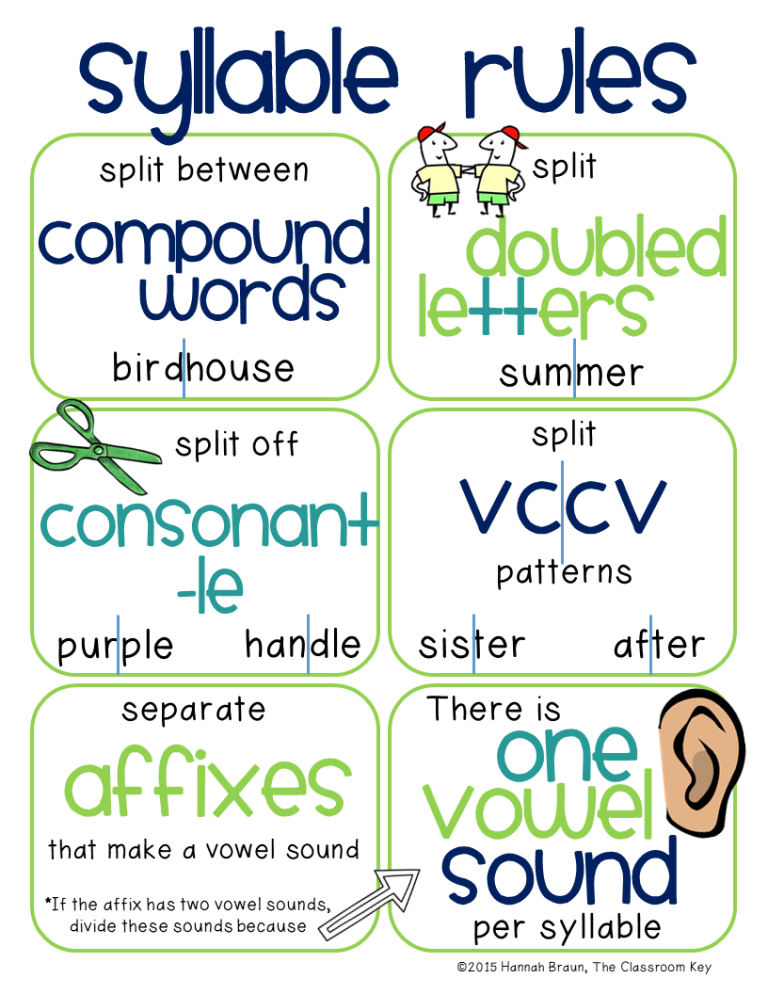 Then call the child and say that you need to find the name of the hero, otherwise he is lost and cannot find his way home. Then begin to open the eggs together and fold the name in such a way that there is a small distance between the syllables, for example "BIN-GO". As soon as you add up the name, ask the child to read it in syllables and call the hero so that he can find his way home.
Then call the child and say that you need to find the name of the hero, otherwise he is lost and cannot find his way home. Then begin to open the eggs together and fold the name in such a way that there is a small distance between the syllables, for example "BIN-GO". As soon as you add up the name, ask the child to read it in syllables and call the hero so that he can find his way home.
When the child manages to name all the characters, you can give him the toy characters he called (if there are such toys at home) or turn on your favorite cartoon.
Find a double
Take blocks with letters and together with your child make a syllable out of two letters. For example, let there be a syllable "BA". Say the syllable several times so that the child remembers it. Then ask him to find the familiar syllable "BA" on the pages of any book.
Of course, it may not work the first time. But nothing, praise the child for every syllable found and say that this is just a game and in case of failure you should not be upset.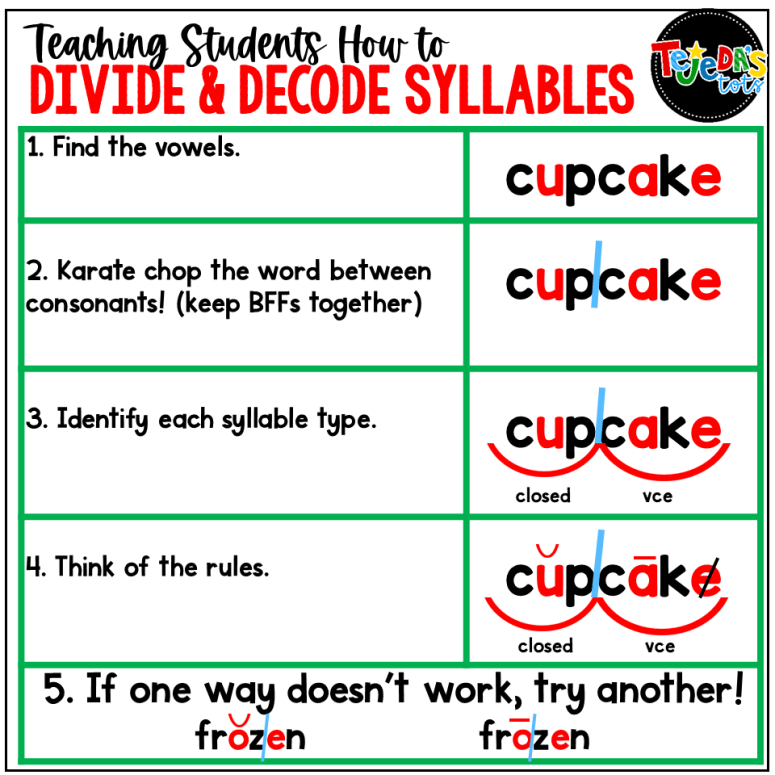
This exercise develops visual memory well and helps the child get used to syllables.
Let's be friends
What could be more boring than just combining vowels and consonants into syllables? Another thing is to teach letters to be friends so that they make up words. You will need a metal board and letters on magnets. Arrange the letters on the right and left in this order:
Then tell the child that the letters have quarreled and they need to be connected and made friends. Move together the letter "A" to "U" and read what happened - "AU". So the child will understand that connecting letters into syllables is fun and will begin to connect syllables into words with pleasure.
⠀
Also learn to read by syllables with our free games.
Pick me up
In this exercise you will have to get a little creative. Take an A4 sheet and draw a dog on it. Sign the word “SO-BA-KA” under the drawing by syllables. Then take scissors and cut vertically so that you get three equal parts with pattern elements and syllables.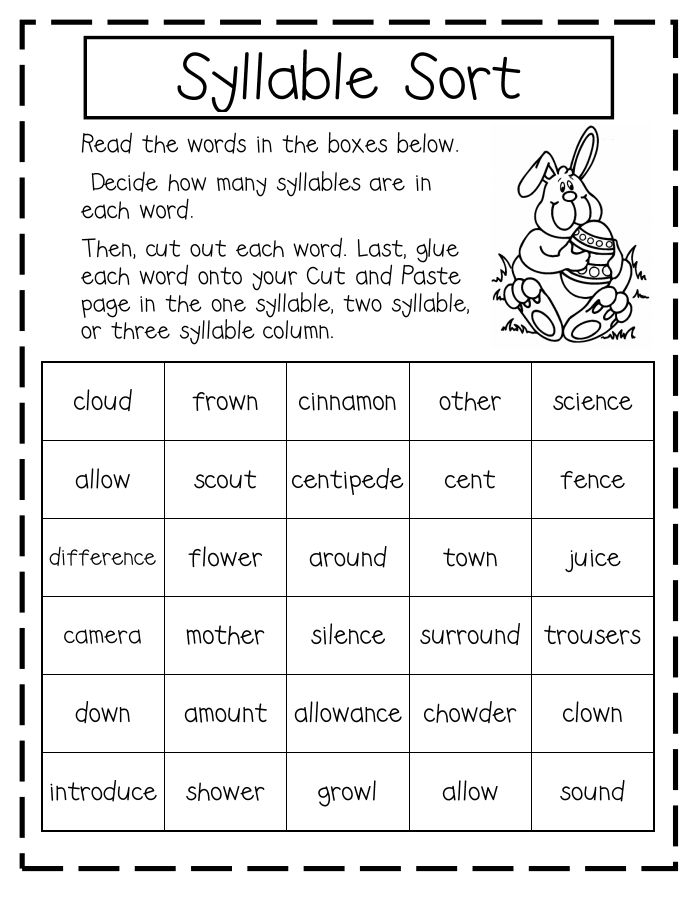 Ask the child to read each syllable separately, and then ask the dog to collect and read the word syllable by syllable.
Ask the child to read each syllable separately, and then ask the dog to collect and read the word syllable by syllable.
If you have no time to draw yourself, look for similar puzzles in the store.
This fun activity will quickly help your child learn to read long words.
Transformer Word
Blocks or cards with letters are suitable for this exercise. For example, put together the already familiar word “SO-BA-KA” with your child. Read it syllable by syllable and disassemble it into individual letters. Say: “And now you will see how much our “DOG” can give us new words! Let's watch?".
Then form new words from individual letters: “JUICE”, “TANK”, “BOK”, “KO-SA”. Make up words in turn, ask the child to read each syllable by syllable and explain the meaning of what they read.
This exercise allows you to learn to read several words from already familiar syllables in one session.